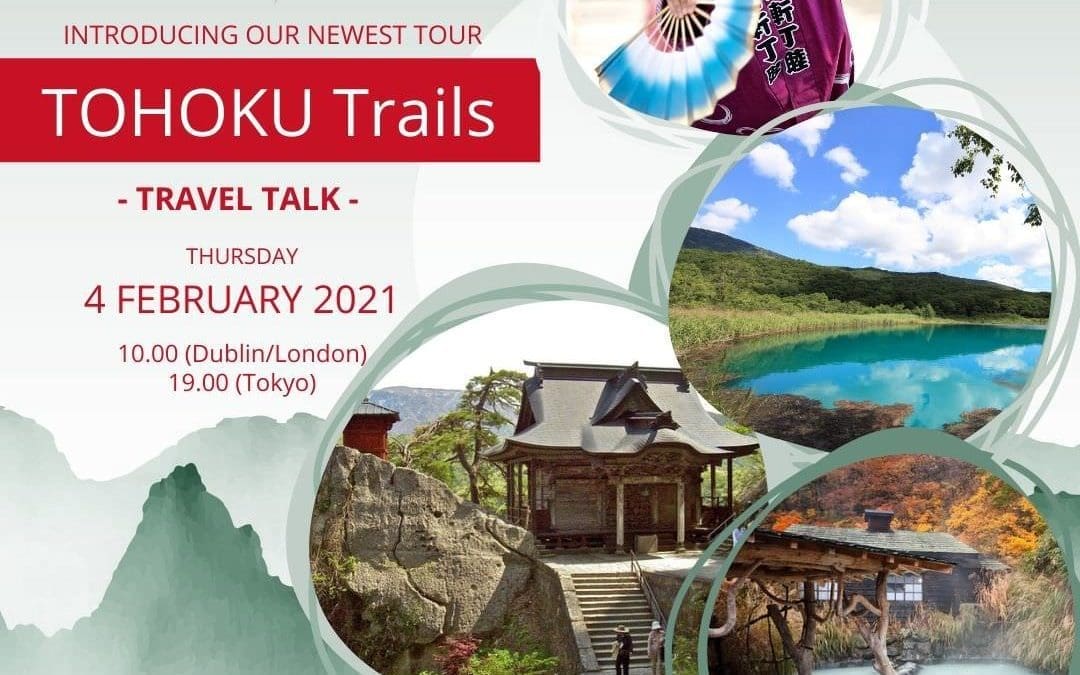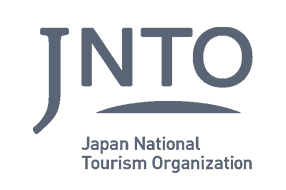Nikko UNESCO World Heritage Site
The UNESCO World Heritage Site Shrines and Temples of Nikkō encompasses 103 buildings or structures and the natural setting around them. The whole property area encompasses 23 buildings of Futarasan-jinja Shrine, 42 buildings of Toshogu Shrine, and 38 buildings of Rinnô-ji Temple. Nine of the structures are designated National Treasures of Japan while the remaining 94 are Important Cultural Properties. UNESCO listed the site as World Heritage in 1999.
Futarasasn-jinja Shrine and Rinnoji Temple were both founded by Buddhist monk Shodo Shonin in the782AD. The temple complex has numerous structures linked together by serene mountain paths and showcases numerous artifacts and monuments, a Japanese-style garden, and priceless artifacts such as gold lacquered statues of three Kannon deities.
Spread across an expansive natural landscape in Tochigi Prefecture, Nikko is a testament to one of the most important figures in Japan’s history. Tokugawa Ieyasu (ruling from 1603 to 1605) was the first shogun of the Tokugawa Shogunate and is credited with bringing 300 years of peace and stability to the country after a long period of regional conflict. The famed shogun’s remains are entombed at Kunozan Toshogu Shrine.
In a true display of Tokugawa Ieyasu’s importance, as many as 127,000 craftsmen were involved in constructing the shrine memorializing him using the highest level of technology available at the time. The complex is made up of over a dozen structures, including a five-story pagoda, Honjido Hall, and the brilliantly colored Yomeimon Gate.
Walk across the 28-meter-long iconic wooden Shinkyo Bridge that serves as the sacred entrance to Nikko. The structure is known as one of the top three bridges in the country, and the vermilion-lacquered arch surrounded by lush foliage and a serene river makes for a particularly beautiful photo.
The Chuzenji Lake at the inner part of Nikko has been created by an eruption of Mount Nantai. From the Meiji period (1868-1912) until the early Showa period (1926-1989), it attracted lots of foreign diplomats who built their summer residences there.
There are a lot of waterfalls in Nikko, but Kegon Falls is by far the most famous and even made it to Japan’s best waterfalls top 3. In true Japanese style, mixing modern and ancient, take an elevator to the observation deck to get a closer look at the base of the falls.







